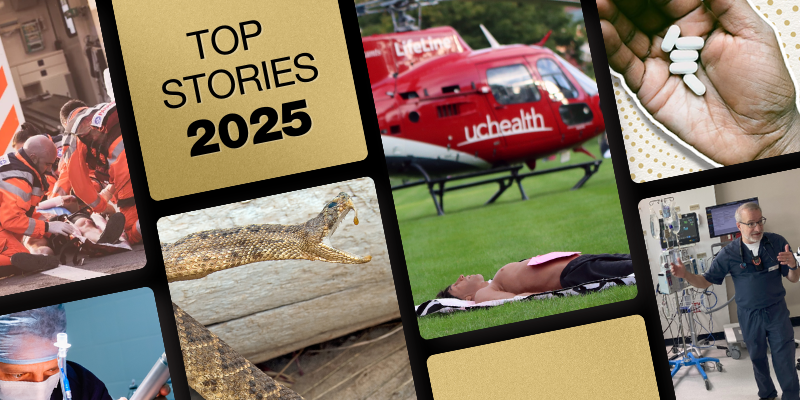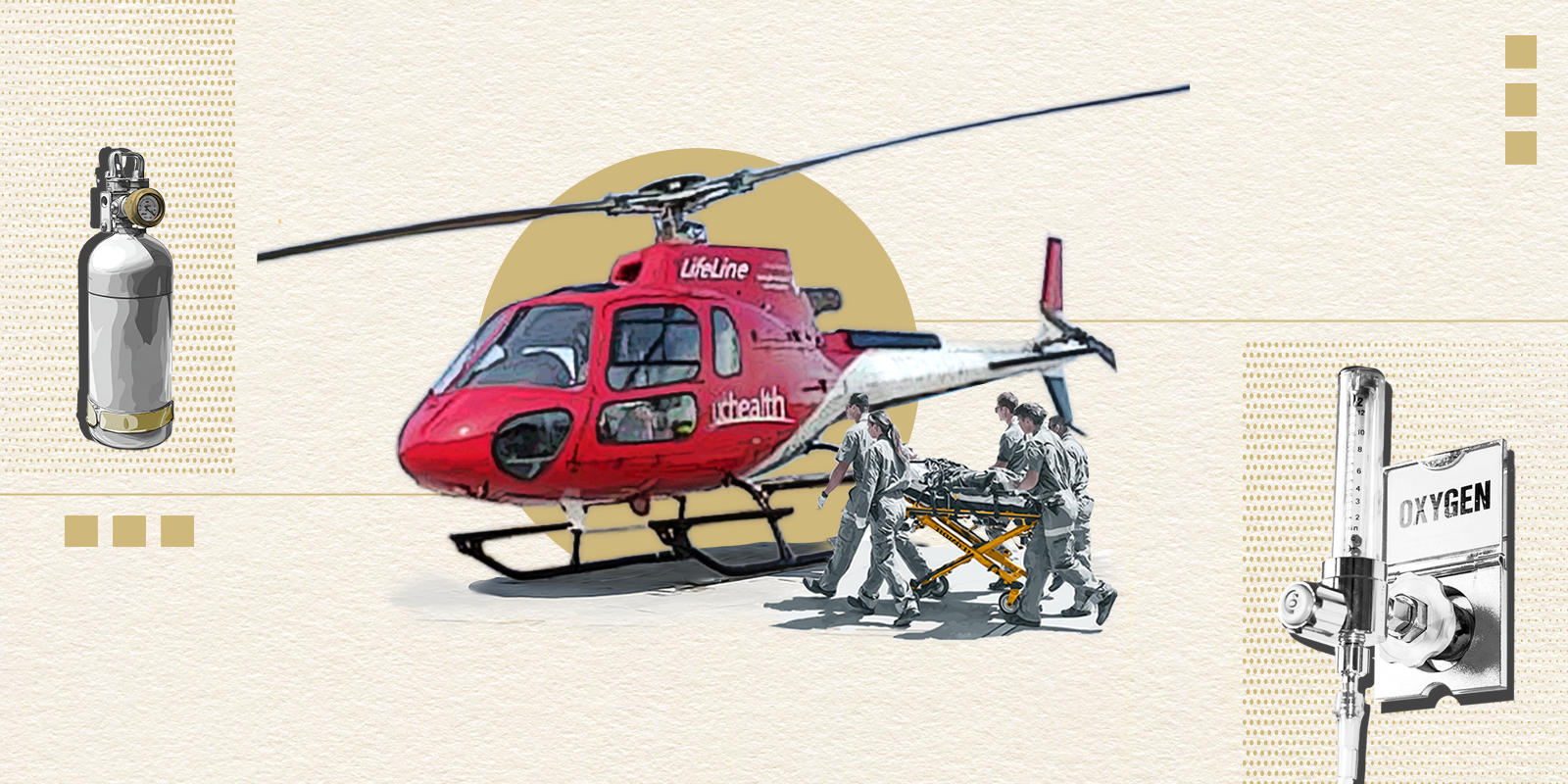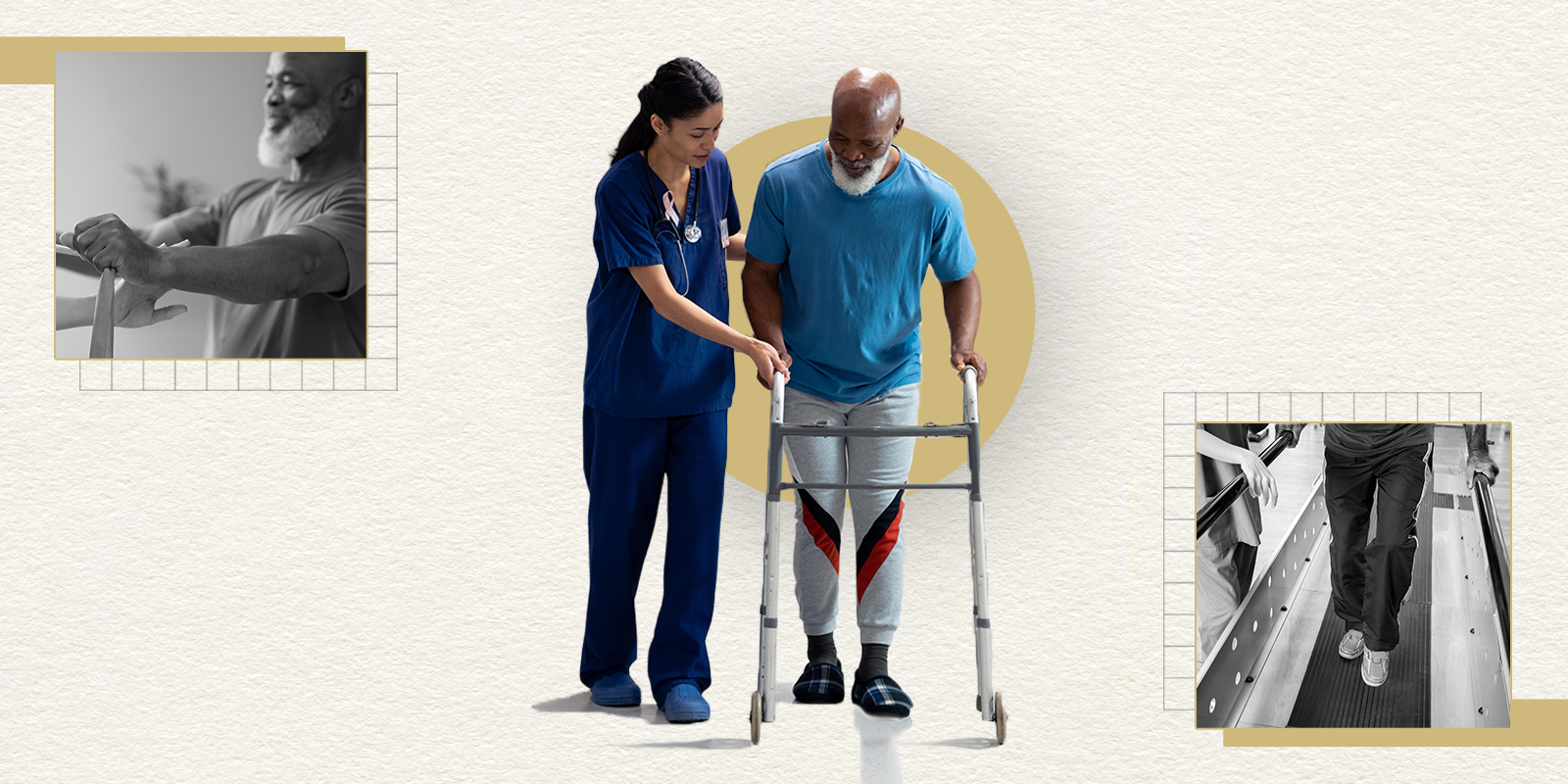The United States has more than 10 times the number of mass shooting incidents than other developed countries, yet little research has shown the distribution and types of shootings, geographically.
“I’m constantly asked, ‘What is public health doing about the rise in mass shootings?'" says Leslie Barnard, MPH, a student working with the University of Colorado School of Medicine’s Firearm Injury Prevention Initiative.
Barnard, a doctoral candidate in the Department of Epidemiology in the Colorado School of Public Health at the CU Anschutz Medical Campus, wanted to find answers to address public concerns about the shootings from a public health perspective. Barnard worked with CU Firearm Injury Prevention Initiative collaborators to analyze data from 2014–22 and calculate cumulative incidence rates of mass shooting event types based on incident characteristics.
The study was published today in the Journal of the American Medical Association (JAMA) Network Open.
“We want to help explain the ‘why, where, and how often’ to give people an understanding of this issue,'” she says. “This study is not intended to answer every question, but highlights components to generate more hypotheses.”
Visual context and sociological impact
Barnard and her CU co-authors examined the state rates of mass shooting event types and total injuries and deaths in the U.S. through the Gun Violence Archive. The archive defines mass shootings as an incident with four or more persons shot or killed, not including the shooter.
The researchers analyzed data from a nine-year period, January 1, 2014, through December 31, 2022. The researchers calculated cumulative incidence rates of mass shooting event types based on incident characteristics and the total number of injured and killed per 1 million people.
From 2014–22, there were 4,011 mass shootings in the United States, ranging from zero in Hawaii and North Dakota to 414 in Illinois. There were 60 in Colorado. Over these nine years, 27% of the shootings were social-related mass shootings, 16% were crime-related, 11% were domestic violence-related, 1% were school- or work-related, and 52% were not a part of any of these categories.
The total number of people injured and killed was 21,006.



“From this data, we can speculate that certain communities and victims are underrepresented,” Barnard says. “Mass shootings in public places are covered by media, but 11% of mass shootings are domestic violence-related and even more may never be reported or receive coverage. We ask ourselves how we can raise awareness and bring support to this issue.”
Barnard says future research should assess socioeconomic, political, cultural, and demographic factors that may be associated with incidents of mass shootings across states and address state policies and social determinants of health associated with mass shooting incident types.
“I’m often asked how Colorado compares to other states. This work shows that our state is in the middle. We have the 22nd highest number of mass shootings and population-based rate of mass shootings,” says Emmy Betz, MD, MPH, director of the Firearm Injury Prevention Initiative and professor of emergency medicine in the CU School of Medicine.
Mutual understanding to enact change
Although Barnard hopes her visual analysis will help the public contextualize mass shootings, she says there are other discrepancies that create barriers to understanding the issue and enacting change.
“The definition of ‘mass shooting’ is different depending on the source. While we consider mass shootings as four or more persons shot or killed, some data sources only count deaths,” she says. “This discrepancy is especially difficult for epidemiologists, because we need to have a cohesive definition for what we’re reporting on.”
Barnard believes public access to visual data, like this study offers, will help solidify the definition of “mass shooting” by showing how many people were hurt or killed, and can be used for state-level prevention strategies.
“Understanding where mass shootings occur across the country, and more about the context, such as how often these tragic events happen in homes, can point firearm injury prevention specialists toward how to prevent them,” says Ashley Brooks-Russell, PhD, MPH, coauthor and director of the Injury and Violence Prevention Center in the Colorado School of Public Health.
Barnard reiterates the importance of the Firearm Injury Prevention Initiative to help enact change and help her realize her passion to bring more attention to firearm injuries.
“The ways I’ve been supported by Emmy and the initiative’s leadership team are invaluable to this research and future studies,” she says.



